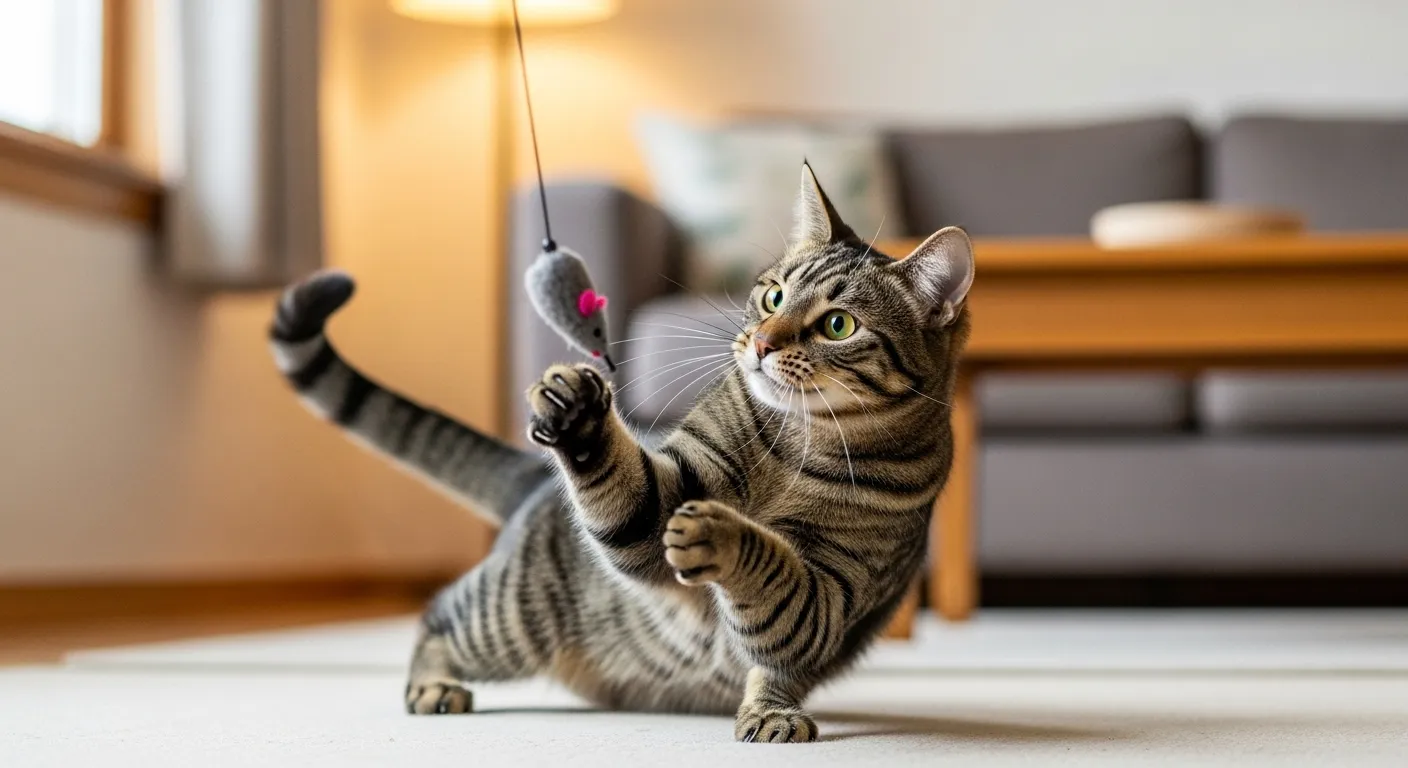
How to Tell if a Cat is Happy, Stressed, or Scared
By combining all these individual signals, you can get a reliable read on your cat’s overall emotional state. This is crucial for providing good pet care and identifying potential problems early.
Signs of a Happy and Content Cat
Knowing how to tell if a cat is happy is rewarding for any owner. A happy cat is a relaxed cat. Look for these signs:
Body Language: A tail held high with a slight curve, ears facing forward, a relaxed body posture, and soft, slow-blinking eyes are all indicators of a content feline. They may engage in kneading, purring, and rubbing against you.
Behavior: A happy cat has a good appetite, maintains a healthy grooming routine, and uses its litter box consistently. It will also show interest in its environment, engaging in play, exploring, and seeking social interaction with its family members. When a cat feels secure, it will often sleep stretched out in the open rather than hiding.
Recognizing Stress and Anxiety
Cats are sensitive to changes in their environment, and stress can manifest in subtle ways. Common stressors include moving to a new home, the introduction of a new pet or person, loud noises, or a change in routine.
Body Language: A stressed cat may be more tense, with a low-slung tail and slightly flattened ears. Pupils may be dilated.
Behavior: Behavioral signs are often the clearest indicators of stress. These include hiding more than usual, over-grooming (sometimes to the point of creating bald spots), or under-grooming (a greasy or matted coat). Changes in litter box habits, such as urinating outside the box, are a major red flag. Other signs can be a decreased appetite, increased vocalization, or uncharacteristic aggression. If you notice these changes, a visit to the veterinarian is crucial to rule out underlying medical issues first. Your vet can also provide guidance on managing feline anxiety. For more information on health and behavior, you can consult resources from Cornell University College of Veterinary Medicine.
Spotting Fear and Defensive Aggression
Fear is a powerful emotion that can quickly lead to defensive aggression if a cat feels trapped.
Body Language: The classic signs of fear include crouching low to the ground, a tucked tail, fully flattened ears (“airplane ears”), and widely dilated pupils. The cat’s fur may be standing on end (piloerection), especially along the back and tail.
Vocalizations: A fearful cat will often give clear audible warnings. These include a low growl, a loud hiss, or a sharp spit. These sounds are meant to say “Back off!” and are a direct warning that an attack may follow if the threat does not retreat.
If you see these signs, do not try to comfort the cat by touching or cornering it. This will only heighten its fear. Instead, remove the source of the fear if possible, and give the cat a clear escape route and plenty of space to calm down on its own terms.















